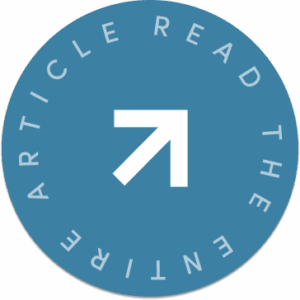
For effective collaboration, you need the right tools. You also need the right people skills. A new book shows how those two are related.
I chatted this week with Jennifer Edwards and Katie McCleary, the authors of a new book called Bridge the Gap that echoes much of what I’ve learned about negotiation and dealing with difficult people. It’s timely, too. The COVID-19 pandemic has had a big affect on videoconferencing products, turning them into critical solutions for remote collaboration and communication. But much of the improvement has focused on communication, record keeping, and, in some cases, productivity management. Little has yet been done to improve the collaboration process, which has arguably suffered during the new, work-from-home normal.
We all know people with different views who may be going through personal challenges that make them difficult to deal with. Racial or cultural differences can also make effective collaboration and cooperation harder. Understanding how to bridge those gaps isn’t exactly common knowledge, and that lack of people skills, coupled with our new remote way of working, has resulted in a lot of dysfunctional teams and projects; too often now, the few carry the workload of many.
In their book, Bridge the Gap, Edwards and McCleary provide several ways people can improve collaborative performance, bolster how they’re perceived by peers and management, and reduce overall stress.
Let’s talk about some of these tools and how they might be built into future collaborative products.








